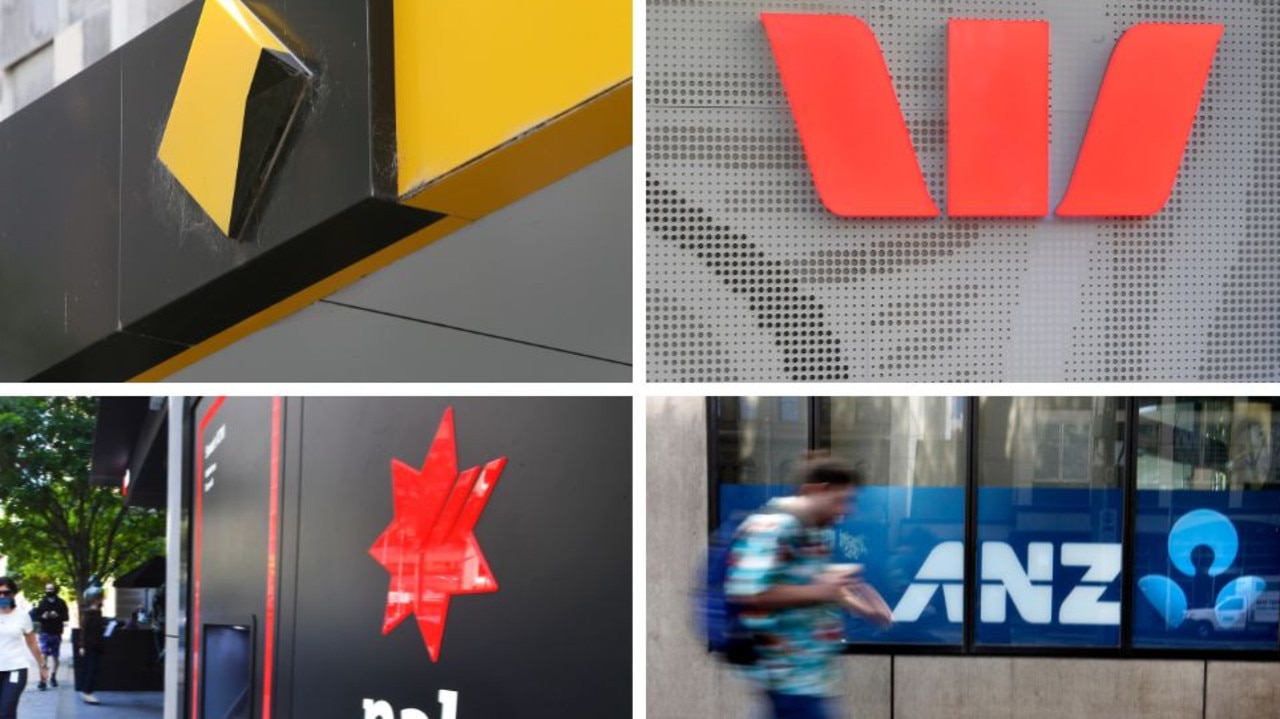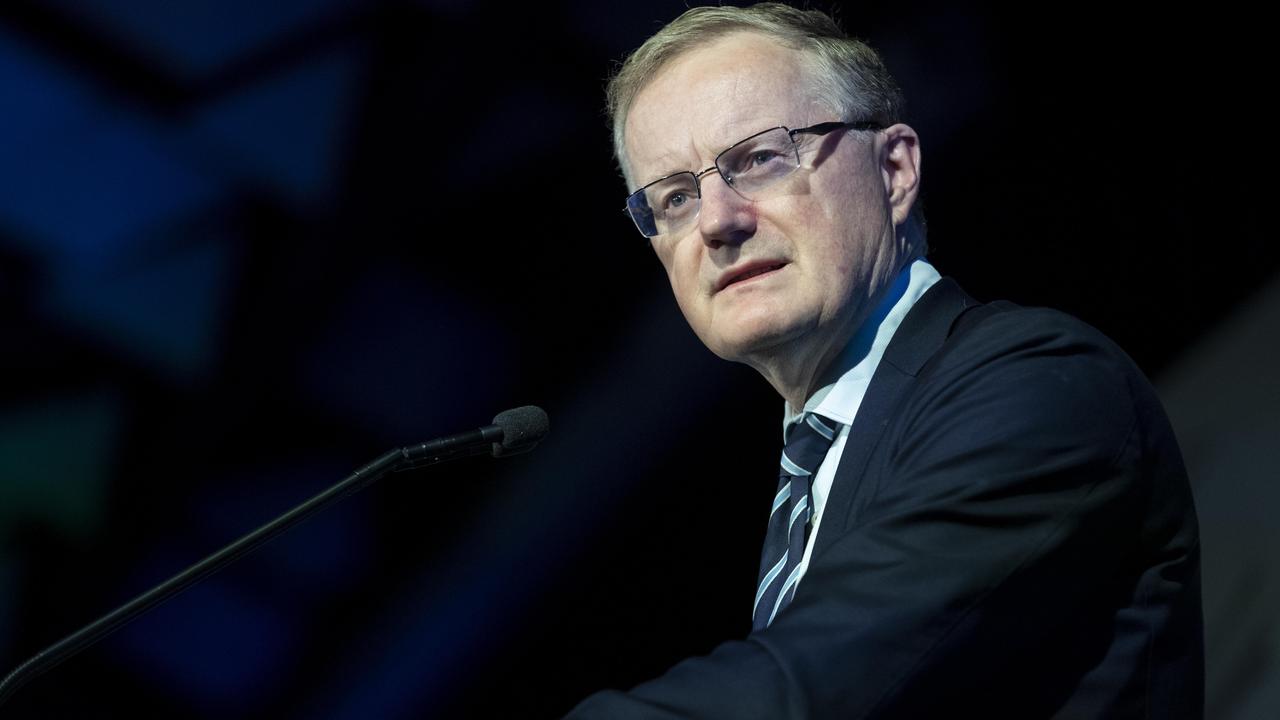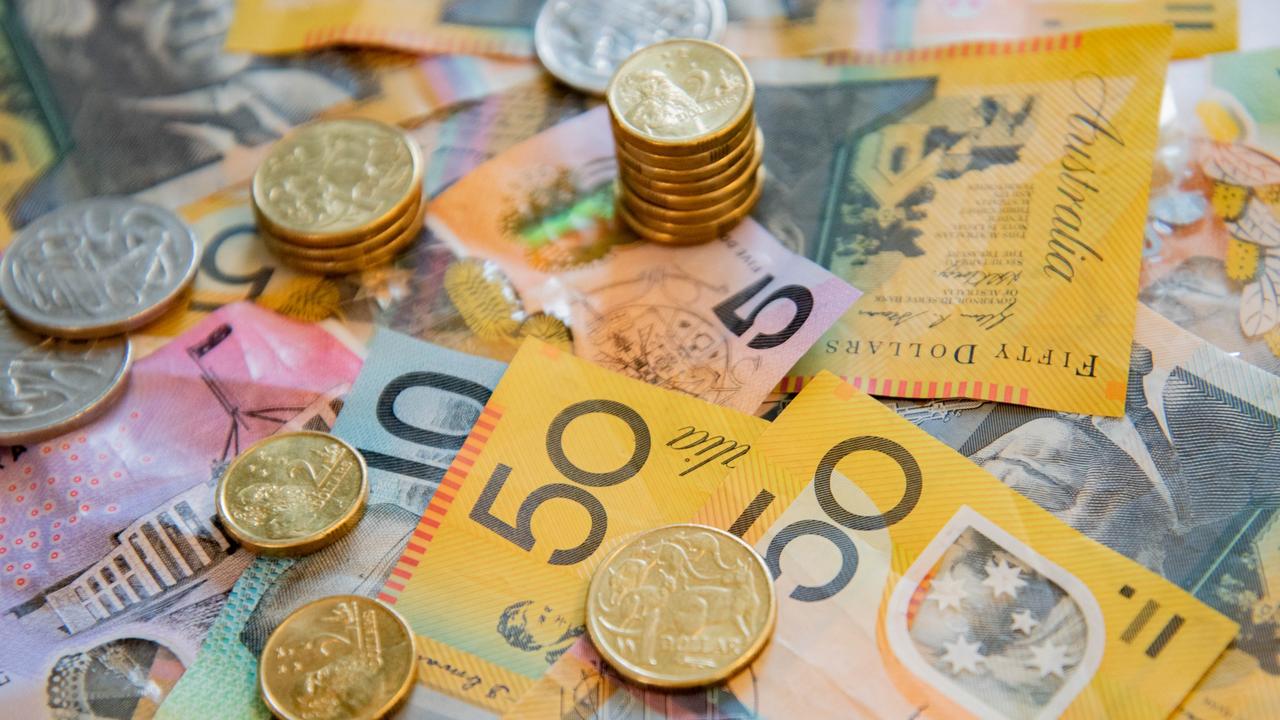Australia’s largest bank has finally responded to the interest rate rise two days after it was initially announced.
On Thursday morning, the Commonwealth Bank of Australia revealed it will pass the full cost of the rate hike onto customers.
The Reserve Bank of Australia (RBA) hiked interest rates on Tuesday for the fourth consecutive month.
Australia’s central bank increased the interest rate by 50 basis points, or by 0.5 per cent, bringing the cash rate from 1.35 per cent to 1.85 per cent, largely in line with economist’s predictions.
Up until now Australia’s biggest four banks — The Commonwealth Bank (CBA), ANZ, NAB and Westpac — hadn’t made any changes in response to the latest rate hike.
But just before 10am, the CBA said variable home loans would increase by 0.5 per cent per year from August 12 while term deposits would kick in with the higher return from August 8.
Stream more finance news live & on demand with Flash. 25+ news channels in 1 place. New to Flash? Try 1 month free. Offer ends October 31, 2022 >
The CBA’s variable mortgages as well as term deposit accounts and its NetBank Saver accounts will be impacted by the change.
Owner occupiers and investors on variable rate home loans will have to fork out an extra 0.5 per cent in interest every year.
Term deposits and CBA’s savings account will also increase by 0.5 per cent/
The new term deposit rate will be available from 8 August, while the new NetBank Saver rate will take effect on August 12 along with home loans.
Group Executive, Retail Banking, Angus Sullivan, said: “We have been helping customers understand the changing rate environment and consider what it means for them, and we will continue to be there for them.”
Since May, the cash rate has risen by 1.75 percentage points, after four months of back-to-back increases by the central bank.
However, the CBA is so far the only one of the big players to respond, and that was nearly 48 hours later.
In stark contrast, within hours of the announcement, a smaller bank, Macquarie Bank passed on the rate rise almost straight away.
Macquarie Bank was the first bank to say it would increase variable mortgage rates by 0.5 per cent by August 12.
Rates on its savings and everyday transaction accounts also increased by 0.50 per cent.
The move impacts the estimated 2 million people who are customers of Macquarie Bank.
However, CBA, ANZ, NAB and Westpac have between 8.5 million to 17 million customers each, according to Statista.
Last month, Westpac gave customers the most amount of time to prepare for a change in its variable mortgages and also its savings rates, taking two weeks for the change to come into effect – although it announced the change within 24 hours.
The other three banks passed the change onto customers within 10 days after a swift response.
The August hike isn’t expected to be the last, with economists forecasting that interest rates could peak up to two per cent by the end of the year.
Tuesday’s rate rise means those paying off the average home loan of $500,000 will need to cough up an extra $140 a month.
Tuesday’s decision marks the first time the RBA has lifted the rates for four months in a row since the introduction of the two to three per cent inflation target in 1990 in a sign of the inflation and cost of living crisis across the country.
This follows last week’s increase in annual inflation, which hit 6.1 per cent, which was its highest level in 21 years since 2001.
Tuesday’s rate rise means those paying off the average home loan of $500,000 will need to cough up an extra $140 a month.
.



